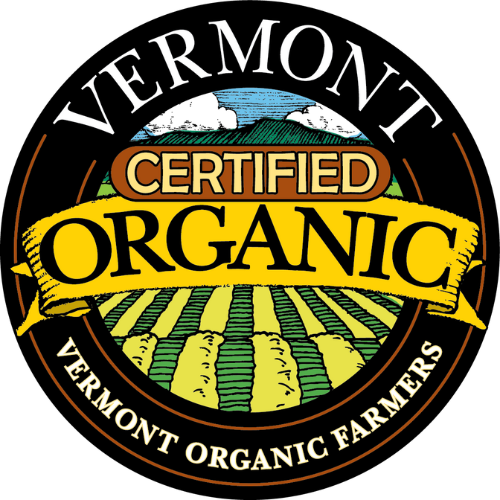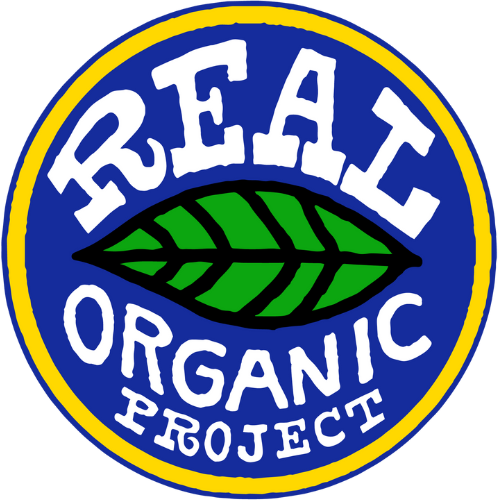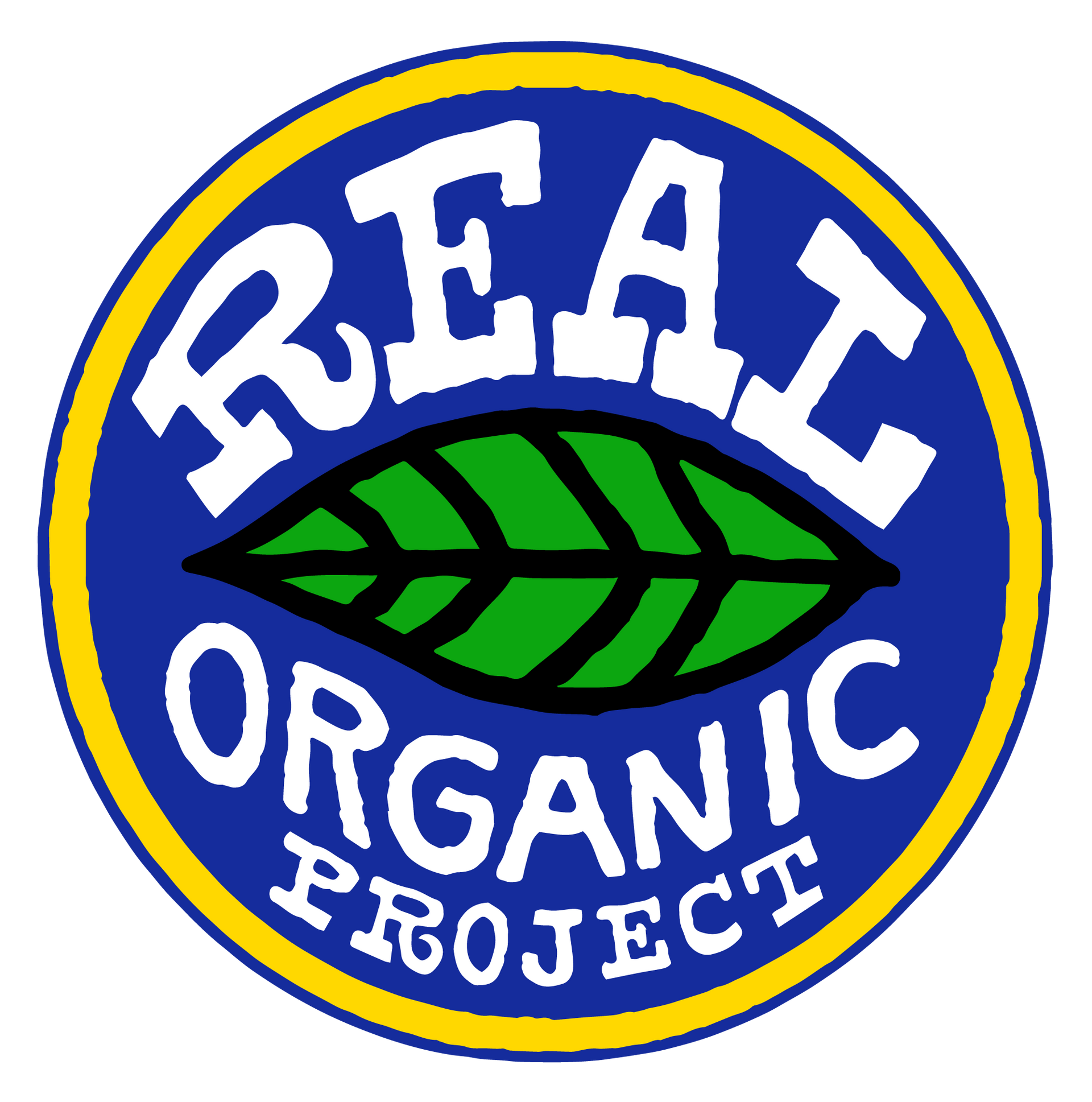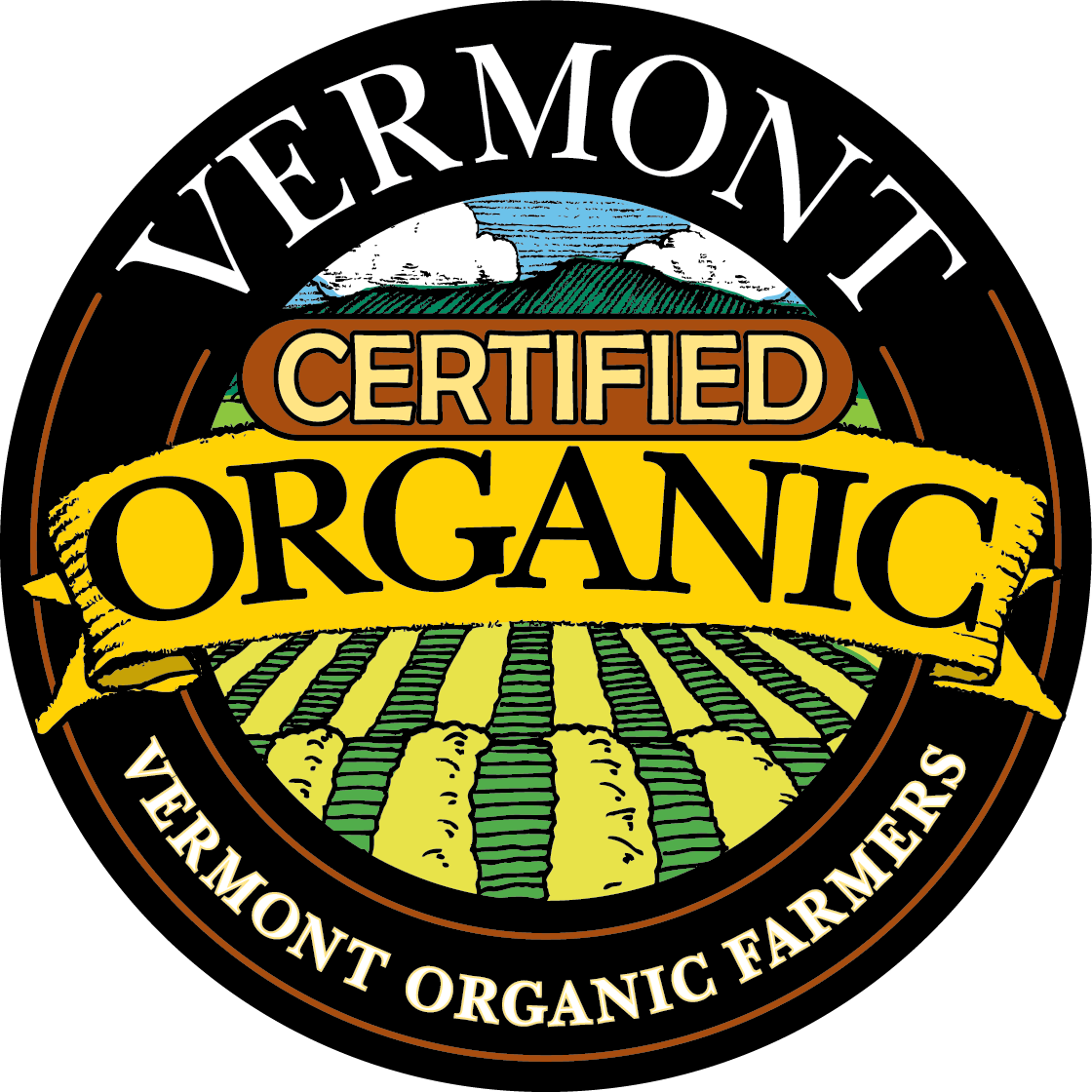How do I condition score my sheep?
April 3, 2025
"Scoring" is a method used to determine the body conditon of your sheep. I will provide links here to a couple of good sites with nice explanations of condition scoring. Remember in scoring Icelandic sheep that they carry less fat on their back, and more fat on their belly. So, when feeling the spine, adjust your scoring a bit for this.
Condition Scoring Sheep with Adam Henson
Tough Love for Rams This is an excellent article written by Brooke and Lois Moore.
Judging info The sires are evaluated and judged according to FAI judging standards. Points are given for individual body parts in following order: Points: Head - neck and shoulders - chest and conformation - back - loin - gigot - wool - feets - harmony. Score of 80,0 points is good for breeding ram and 85,0 points can be considered as excellent. Ultrasound: Ultrasound measure of eye muscle thickness in mm and of back fat in mm - eye muscle shape score (1-5). (H) Dutch ultrasound scanner, the type used by SOUTHAGRI. (S) Scottish ultrasound scanner - which measures about 2mm lesser eye muscle thickness than the Dutch scanner. This difference is not corrected in individual figures. Eye muscle shape: In autumn 1999 eye muscle shape grading started. The grading of the eye muscle describes how well the muscle keeps it´s thickness out over the backbone. The shape is graded from 1 to 5. The scale is following: 1. Poorly shaped eye muscle. 2. Fairly shaped eye muscle. 3. Adequately shaped eyemuscle.. 4. Well shaped eye muscle. 5. Excellently shaped eye muscle. Basic dictionary Basic dictionary for the printed version of Southram's sire catalogue which is in Icelandic. Here you can find translation and/or explanation of the tables and graphs in the sire list. Lambhrútaskoðun: Evaluation of ram progenies performed in September/October. Following items refers to the evaluation of the rams progenies: Fjöldi: Number of evaluated ram lambs Þungi: Average weight of evaluated ram lambs Fótleggur: Average canon bone length of evaluated ram lambs Læri: Average score for gigot muscling (highest possible score is 20, 16 is good, 17 is very good, 18 is excellent) Ull: Average score for wool (8,0 refers to good wool quality and no tan fibers) Ómvöðvi: Average thickness (depth) of the eye muscle in mm Ómfita: Average fat thickness on the eye muscle in mm Lögun: Average score for eye muscle shape (1 is poorly shaped muscle and 5 is excellently shaped muscle) Following explanations refer to the graph for each ram. Kynbótamat: Breeding value index (based on information from the sheep recording in Iceland. 100 is average) Gerð: Meat qualities based on the carcass grading Fita: Leanness based on carcass grading Kjötgæði: Meat quality index (MQI), calculated from meat qualities (40%) and leanness (60%) Frjósemi: Prolificacy of the daughters (for the young rams with few daughter records this index is mostly based on pedigree) Mjólkurlagni: Milking abilities of the daughters (for the young rams with few daughter records this index is mostly based on pedigree) Explanation of measurements & scoring Generally data gathered on the rams is done in Iceland, in the fall, when they are around 18 months. The data on the Icelandic Rams is then given in the following major categories: 1) Rams Name, Number, and Parents 2) Body Measurements- Weight and Lengths 3) Score 4) Ram Description 5) Production Results Explanation 1) Rams Name, Number, and Parents The rams are numbered as follows: The first two numbers in the ID number refer to the birth year of that ram. Thettir, # 91-931 was born in 1991. 2) Body Measurements- Weight and Length Measure: Weight and measure is in the same sequence for every ram. There are four numbers given here representing- Weight of the ram- A heavier the ram usually correlates to bigger, growthier offspring. Chest Circumference- A measurement of body depth. Width of Rack- The wider the rack, the greater the yield from this choice cut. Cannon Bone (front leg) Length- A shorter cannon bone correlates with a meatier, faster finishing market lamb.
How to Recognize, Treat and Prevent It Sue Reith
“Whole Sheep, Whole Farm” (Wholesome Demand)
Grazing Grazing is the use of grasses and other plants to feed herbivores, such as sheep and goats. Most sheep and goats graze at least a portion of the year. On this page, grazing links are arranged by subject category: controlled grazing , extending the grazing season , grazing behavior , grazing management , grazing systems , management-intensive grazing , multispecies grazing , prescribed grazing , riparian grazing , rotational grazing , silvopasture , and stocking rates . KIND HORN FARM RECOMMENDS For optimal parasite management, we recommend that you keep your Icelandics in the same paddock for no more than 5 days at a time, with 1-3 days being optimal for the forage. Rest the pasture for 90 days ideally before bringing the sheep back for another grazing. Try your best to work within these guidelines! [PDF] Grazing Alfalfa - University of Kentucky Controlled Grazing Controlled Grazing of Virginia's Pastures Creep Grazing Extending the Grazing Season [PDF] Extending grazing and reducing stored feed needs - MW Forage [PDF] Grazing corn: an option for extending... - University of Kentucky [PDF] Supplemental pastures for sheep - University of Nebraska Grazing Behavior [PDF] Diet selection and grazing behavior - University of Maine Grazing Management Grazing Systems Grazing systems - McGill University Management-Intensive Grazing (MIG) Multispecies Grazing Prescribed Grazing Riparian Grazing Rotational Grazing Silvopasture Stocking Rates The Maryland Small Ruminant Page [sheepandgoat.com] was created in 1998 as an information portal for sheep and goat producers and anyone else interested in small ruminant production. The web site includes original documents and images as well as a comprehensive list of links pertaining to small ruminants and related topics. The web site was developed and is maintained by Susan Schoenian, Extension Sheep & Goat Specialist at the University of Maryland's Western Maryland Research & Education Center. Susan has been with University of Maryland Extension since 1988. She holds B.S. and M.S. degrees in Animal Science from Virginia Tech and Montana State University, respectively, and also attended The Ohio State University. Susan conducts the Western Maryland Pasture-Based Meat Goat Performance Test at her research facility in Keedysville. She raises registered and commercial Katahdin sheep on her small farm called The Baalands in Clear Spring, Maryland. Please direct all questions, comments, or suggestions to Susan at sschoen@umd.edu Disclaimer : The information and links contained on the Maryland Small Ruminant Page [sheepandgoat.com] and other pages created by Susan Schoenian are for informational purposes only and do not constitute an endorsement of any person, organization, business, product, or web site. The author disclaims any liability in connection with the use of this information. Users of this web site and all external links are advised to apply common sense and sound judgement to all information obtained from the internet, regardless of source. Last updated 01-Dec-2010 by Susan Schoenian.
Internal Parasites - Sheep
